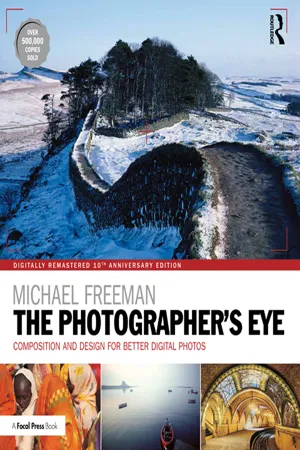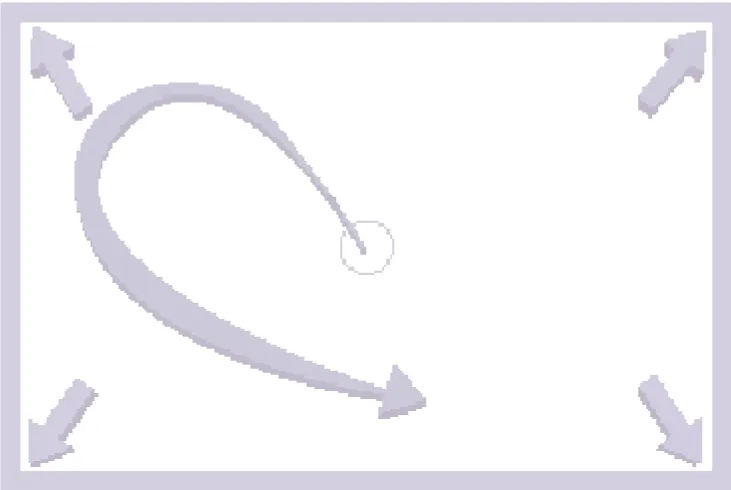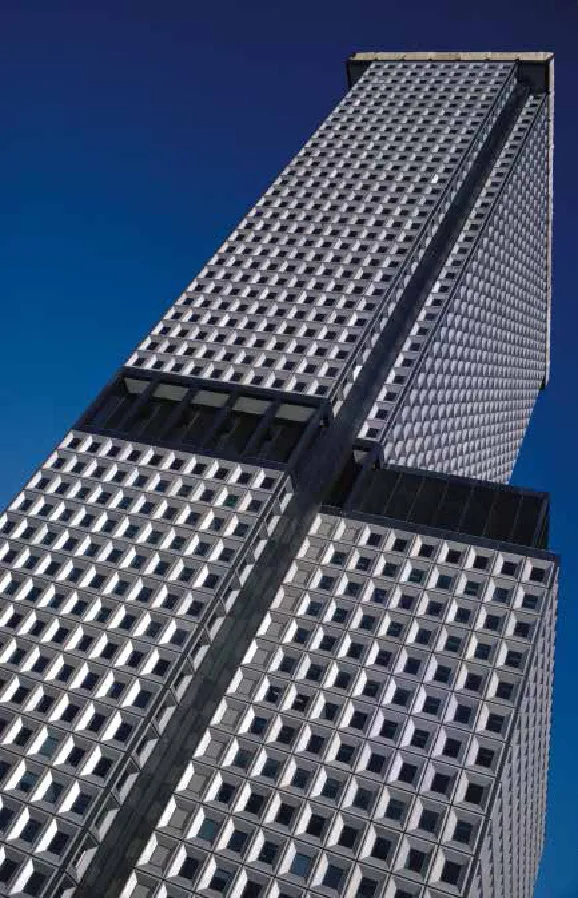
The Photographer's Eye Digitally Remastered 10th Anniversary Edition
Composition and Design for Better Digital Photos
- 192 pages
- English
- ePUB (mobile friendly)
- Available on iOS & Android
The Photographer's Eye Digitally Remastered 10th Anniversary Edition
Composition and Design for Better Digital Photos
About this book
Design is the single most important factor in creating a successful photograph. The ability to see the potential for a strong picture, then to organise the graphic elements into an effective, compelling composition has always been one of the critical skills in making photographs.
Since its first publication in 2007, The Photographer's Eye has established itself as the essential work on this subject, and a key book for modern photographers, with hundreds of thousands of copies sold. It explores all the traditional approaches to composition and design and, crucially, also covers digital possibilities like stitching and HDR.
In keeping with the book's purpose "to expand the possibilities of the medium without compromising the photographer's vision" this edition has been completely remastered to celebrate its tenth anniversary. All-new digital reproduction, not available when the book first came out, gives the author's photography a fresh new look, while retaining the know-how that has given a generation of photographers new purpose.
Frequently asked questions
- Essential is ideal for learners and professionals who enjoy exploring a wide range of subjects. Access the Essential Library with 800,000+ trusted titles and best-sellers across business, personal growth, and the humanities. Includes unlimited reading time and Standard Read Aloud voice.
- Complete: Perfect for advanced learners and researchers needing full, unrestricted access. Unlock 1.4M+ books across hundreds of subjects, including academic and specialized titles. The Complete Plan also includes advanced features like Premium Read Aloud and Research Assistant.
Please note we cannot support devices running on iOS 13 and Android 7 or earlier. Learn more about using the app.
Information
CHAPTER 1:
THE IMAGE FRAME

FRAME DYNAMICS

Just the existence of a plain rectangular frame induces some reaction in the eye. This is one schema of how the eye might react (there are, of course, many). It begins in the middle, drifts up and left, then back down, and right, while at some point—either though peripheral vision or by flicking—registers the “sharp” corners. The dark surround seen through a camera viewfinder emphasizes corners and edges.

One simple device for originating an image that has prominent lines is to align one or two of them with the frame. In the case of this office block, the alignment of top edges avoids the untidiness of two corner areas of sky. Alignment like this emphasizes the geometry of an image.

The dynamic movement in this wide-angle photograph comes from the interplay of diagonals with the rectangular frame. Although the diagonal lines have an independent movement and direction, it is the reference standard of the frame edges that allows them to create tension in this picture.

Breaking the normal rules, a panoramic frame is used here to exaggerate an abstract treatment of the back of an adobe church in New Mexico. A conventional approach would have been to show the top of this building and the lower buttressing down to the ground. The subject here, however, is not a literal version of the church, but the geometry and textures of the unusual planes. Squeezing the image at the top and bottom removes some of the realism, and compels the eye to consider the structure out of context.
FRAME SHAPE
THE 3:2 FRAME
Table of contents
- Cover
- Half Title
- Title Page
- Copyright Page
- Table of Contents
- Chapter 1: The Image Frame
- Chapter 2: Design Basics
- Chapter 3: Graphic & Photographic Elements
- Chapter 4: Composing with Light and Color
- Chapter 5: Intent
- Chapter 6: Process
- Index
- Acknowledgments & Bibliography